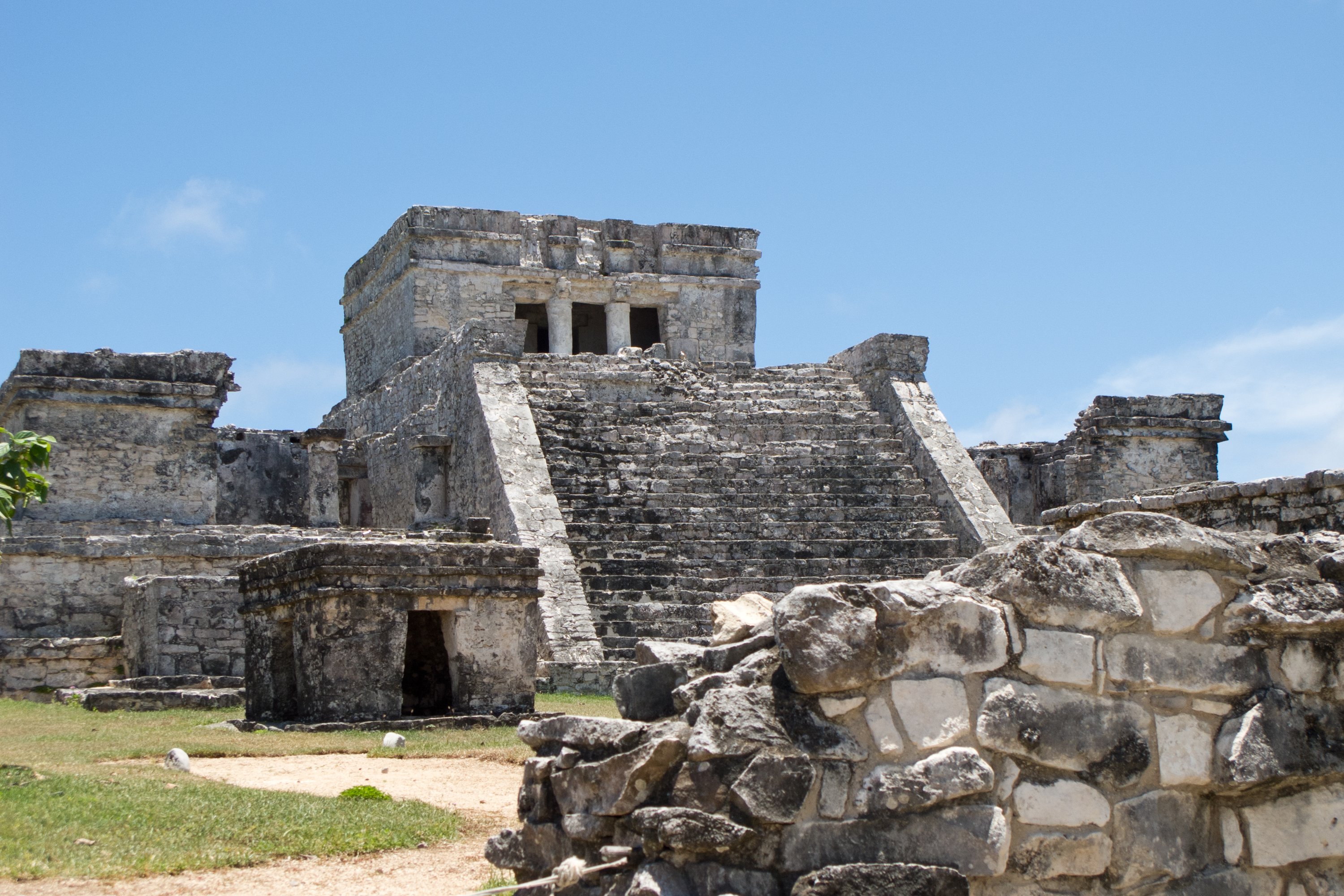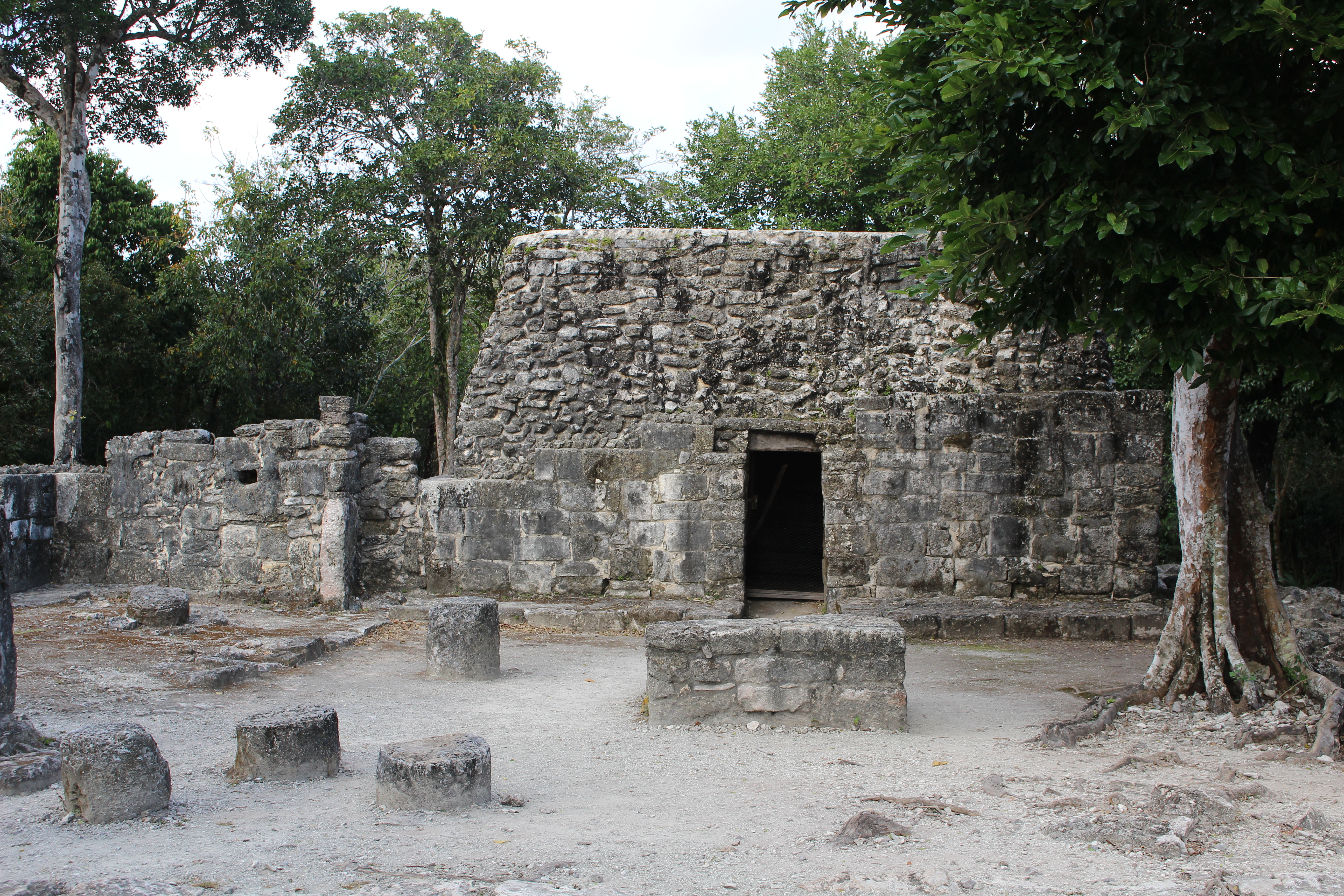Ekab on:
[Wikipedia]
[Google]
[Amazon]
Ekab or Ecab was the name of a

 Ekab was surrounded in the west by
Ekab was surrounded in the west by
Mayan
Mayan most commonly refers to:
* Maya peoples, various indigenous peoples of Mesoamerica and northern Central America
* Maya civilization, pre-Columbian culture of Mesoamerica and northern Central America
* Mayan languages, language family spoken ...
chiefdom of the northeastern Yucatán Peninsula
The Yucatán Peninsula (, also , ; es, Península de Yucatán ) is a large peninsula in southeastern Mexico and adjacent portions of Belize and Guatemala. The peninsula extends towards the northeast, separating the Gulf of Mexico to the north ...
, before the arrival of the Spanish conquistadors
Conquistadors (, ) or conquistadores (, ; meaning 'conquerors') were the explorer-soldiers of the Spanish and Portuguese Empires of the 15th and 16th centuries. During the Age of Discovery, conquistadors sailed beyond Europe to the Americas, ...
in the sixteenth century.
In the fifteenth century most of Yucatán was controlled by the League of Mayapan. By 1441 there was civil unrest. The provinces of the League rebelled and formed sixteen smaller states.
These states were called Kuchkabal
A ''kuchkabal'' ( , ''kuchkabalo'ob'', 'province'), also known as an ''ah kuch-kab'' or ''ah cuch-cab'', was a system of social and political organisation common to Maya polities of the Maya Lowlands, in the Yucatán Peninsula, during the ...
s. Most Kuchkabals were ruled by a Halach Uinik, but Ekab wasn't. It was divided up into several ''Batabil''. Each ''Batabil'' was ruled over by a leader called a ''Batab''. In Ekab the ''Batabs'' were supposed to have equal power, but the ''Batabs'' on Cozumel
Cozumel (; yua, Kùutsmil) is an island and municipality in the Caribbean Sea off the eastern coast of Mexico's Yucatán Peninsula, opposite Playa del Carmen. It is separated from the mainland by the Cozumel Channel and is close to the Yucat� ...
had much more power than the others.
Religious importance
The island Cozumel was a ''Batab'' of Ekab. Cozumel was an important religious area for the Maya. People traveled to Cozumel from as far away as Nicaragua and Michoacán. The island was sacred to the moon goddess,Ix Chel
Ixchel or Ix Chel () is the 16th-century name of the aged jaguar Goddess of midwifery and medicine in ancient Maya culture. In a similar parallel, she corresponds, to Toci Yoalticitl "Our Grandmother the Nocturnal Physician", an Aztec earth God ...
. Most of the pilgrims who traveled there were women.
Ix Chel was also patron goddess of childbirth, medicine, and weaving.
Geography

Chikinchel
Chikinchel () was the name of a Mayan chiefdom of the northern coast of Yucatán, before the arrival of the Spanish conquistadors in the sixteenth century. Chauacá has also been used to refer to this province, but apparently it was the name of th ...
, Tazes , Cupul and Cochuah , and in the south Uaymil Uaymil is a pre-Columbian Maya archaeological site located on the Gulf Coast of northern Campeche. The settlement of Uaymil occupies a small island approximately 2.5 kilometers from the coast and 25 km north of Jaina. The site has been arch ...
.
There were several port towns along the coast, most notably Tulum
Tulum (, yua, Tulu'um) is the site of a pre-Columbian Mayan walled city which served as a major port for Coba, in the Mexican state of Quintana Roo. The ruins are situated on cliffs along the east coast of the Yucatán Peninsula on the Carib ...
, Xcaret
Xcaret () is a Maya civilization archaeological site located on the Caribbean coastline of the Yucatán Peninsula, in the state of Quintana Roo in Mexico. The site was occupied by the pre-Columbian Maya and functioned as a port for navigation an ...
, and Xel-Ha
Xelha (, Spanish: Xelhá; sometimes pronounced "chel-ha"; Yucatec Maya: Xel-Há) is an archaeological site of the Maya civilization from pre-Columbian Mesoamerica, located on the eastern coastline of the Yucatán Peninsula, in the present-day sta ...
.
Ekab had a strategic position on the coast, sailors circumnavigated as far away as Tampico
Tampico is a city and port in the southeastern part of the state of Tamaulipas, Mexico. It is located on the north bank of the Pánuco River, about inland from the Gulf of Mexico, and directly north of the state of Veracruz. Tampico is the fifth ...
and Nicaragua.
European Contact
In 1502 on Christopher Columbus's fourth voyage to America he made contact with an Ekab merchant's ship. After this, the news of Europe spread throughout the Maya world. In 1511 a Spanish ship was caught in a storm and destroyed. The survivors were taken as slaves by Ekab. Maya slaves were allowed to work their way up. By the time of formal contact with the Spaniards they had wives and children. In 1517 Francisco Hernández de Córdoba sailed toIsla Mujeres
Isla Mujeres (, Spanish for "Women Island" (formally “Isla de Mujeres”) is an island where the Gulf of Mexico and the Caribbean Sea meet, about off the Yucatán Peninsula coast in the State of Quintana Roo, Mexico. It is approximately long ...
where he found the ruins of a Maya village and an observatory. They continued inland and made contact with the Mayans. They attacked the Mayans but were defeated, but managed to take two prisoners as translators.
Juan de Grijalva visited Cozumel in 1518 and observed Zama and Xel Ha.
Hernán Cortés visited Ekab on his way to conquer the Aztecs in 1519.
Between 1527 and 1547 there were three attempts to conquer Yucatán. In the first two the Spaniards were easily defeated, but as smallpox
Smallpox was an infectious disease caused by variola virus (often called smallpox virus) which belongs to the genus Orthopoxvirus. The last naturally occurring case was diagnosed in October 1977, and the World Health Organization (WHO) c ...
spread through Mesoamerica
Mesoamerica is a historical region and cultural area in southern North America and most of Central America. It extends from approximately central Mexico through Belize, Guatemala, El Salvador, Honduras, Nicaragua, and northern Costa Rica ...
the Maya population was decimated.
The final conquest was between 1542 and 1547.
The conquistadores started in the west and worked their way towards Ekab. Cozumel was the last part of the Ekab to be conquered.
References
Mayan chiefdoms of the Yucatán Peninsula {{Mexico-hist-stub